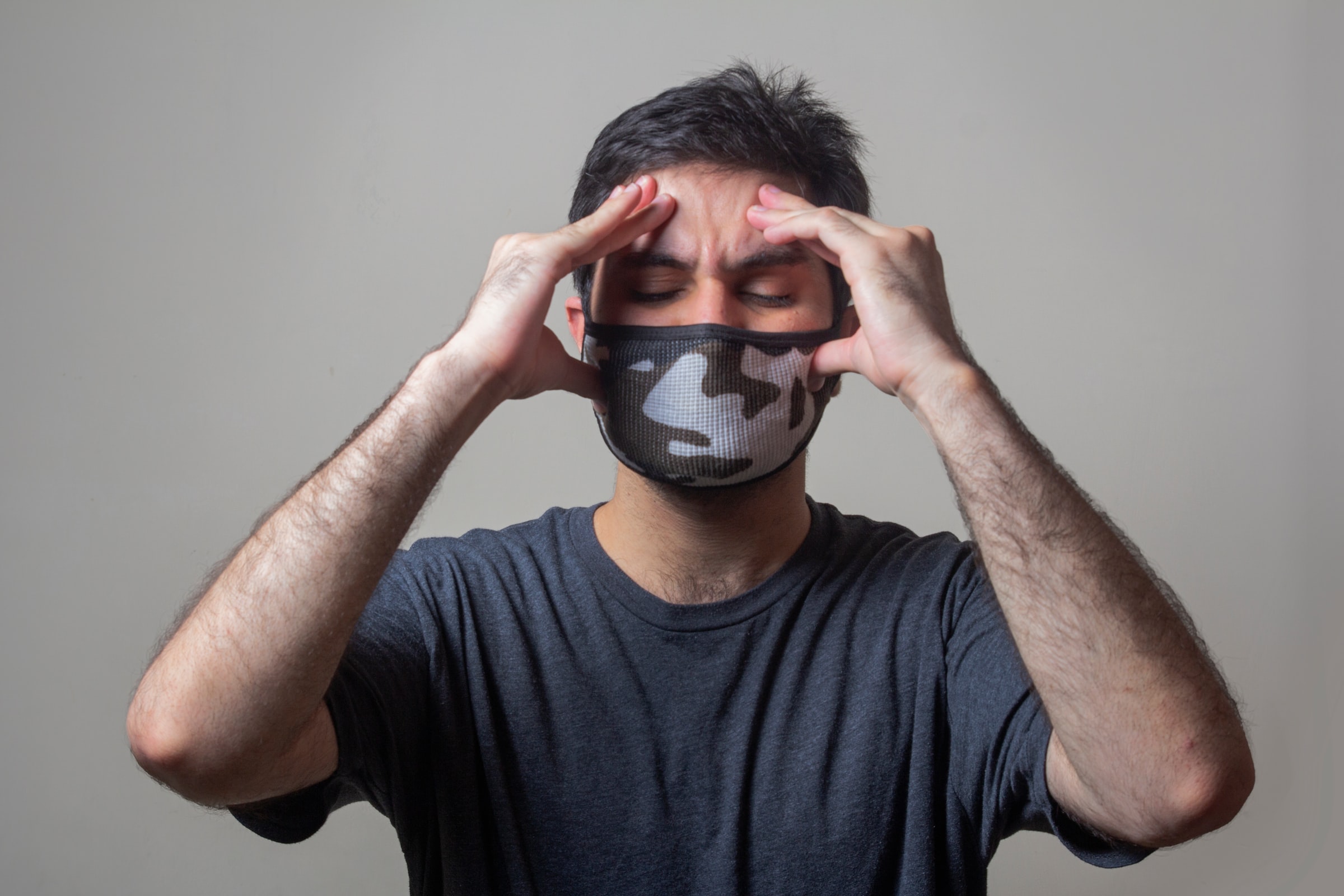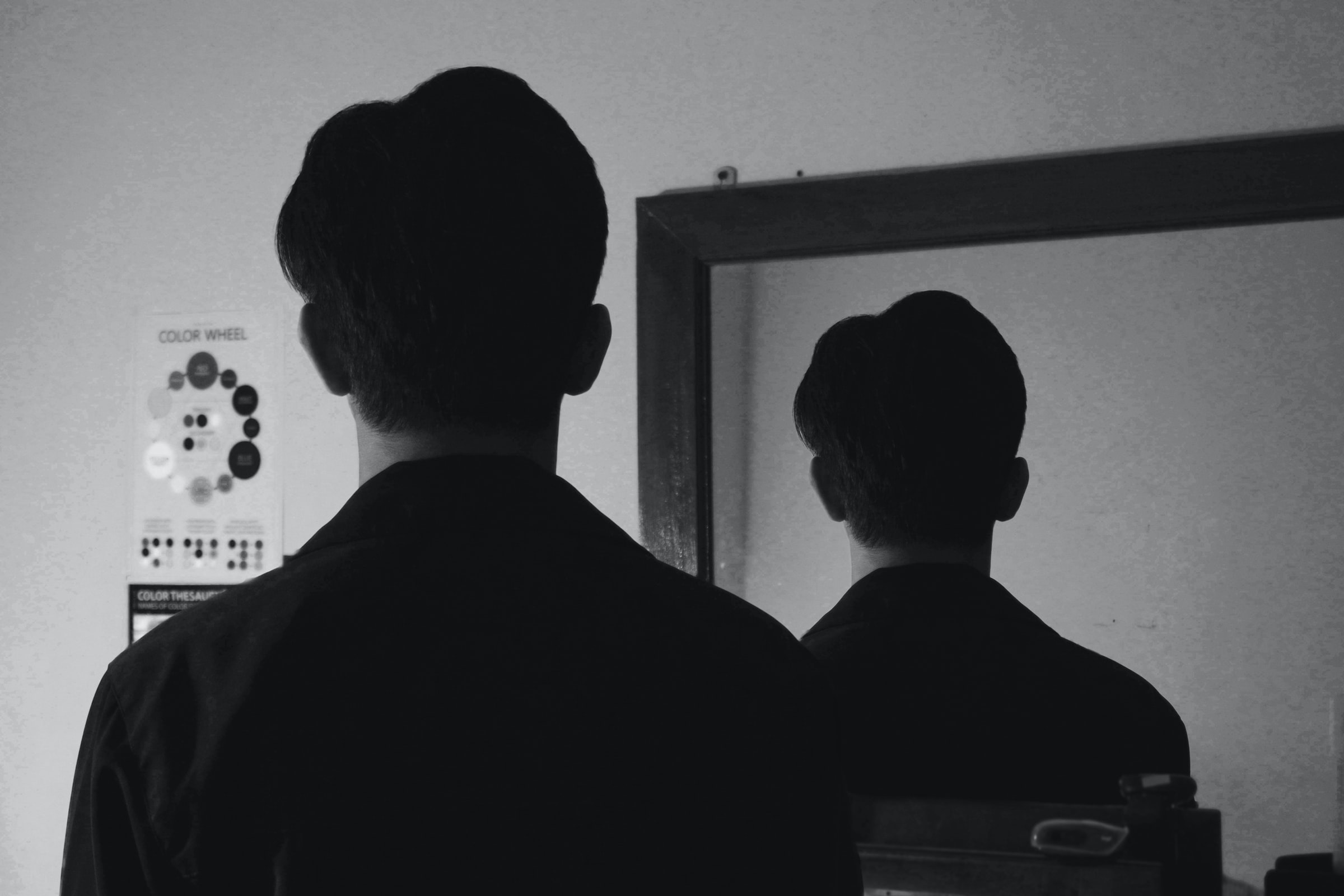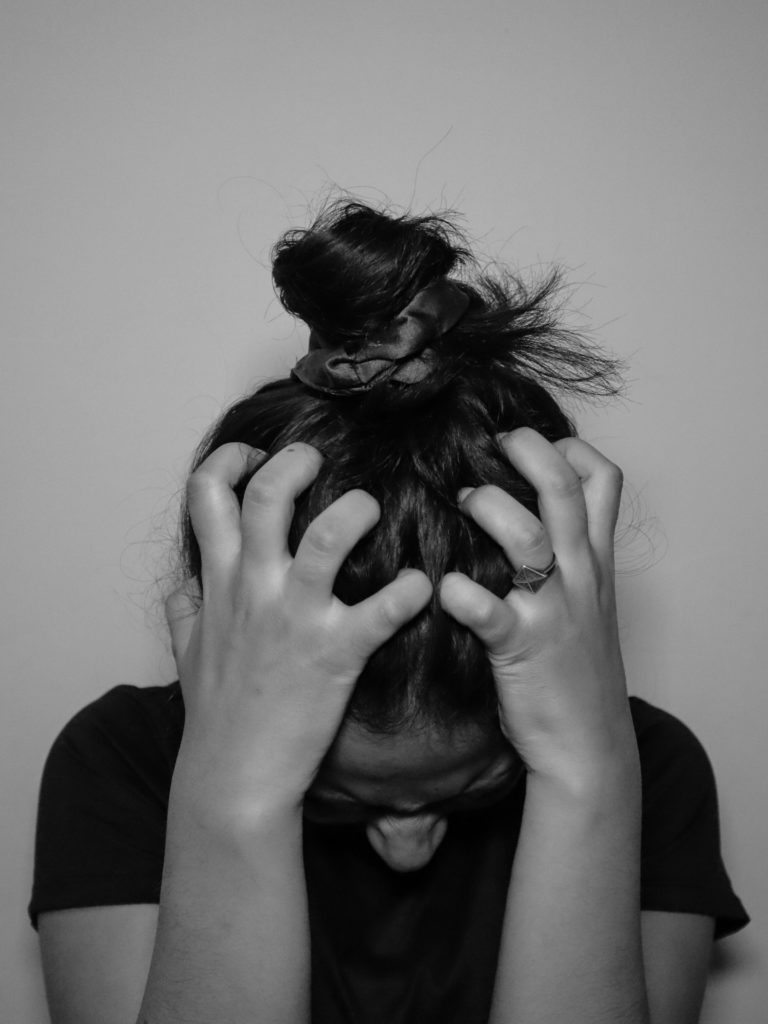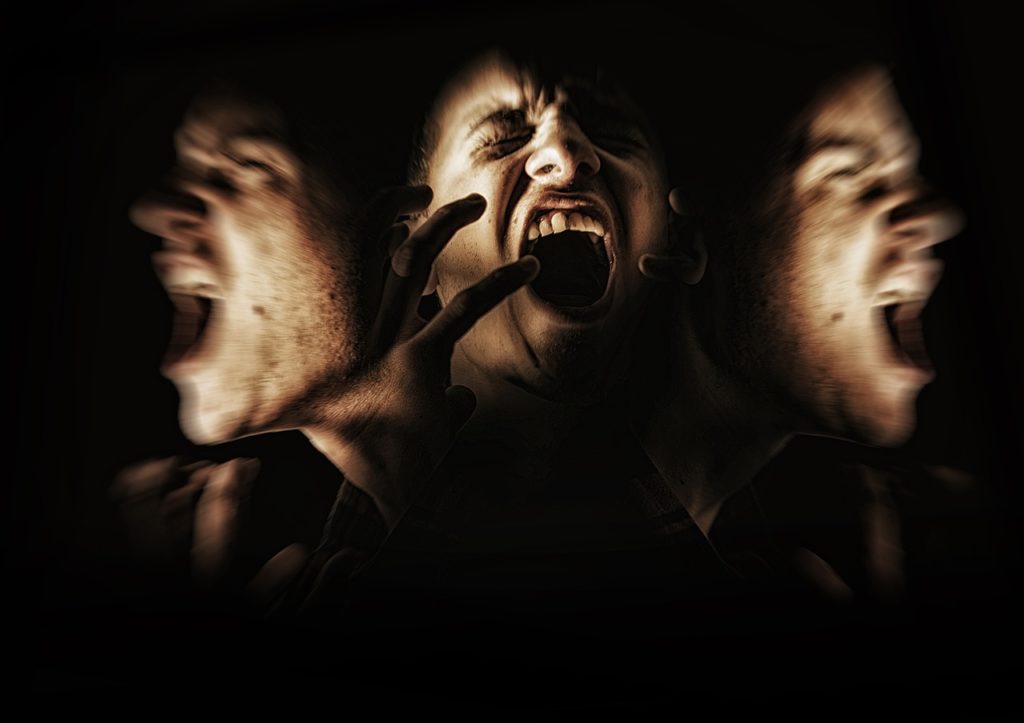Migraines affect about 12% of adults and 5-10% of children and teens. Often, these migraines have an external cause, such as stress or an odor, and can be reduced when identified. Let’s take a closer look at the most common triggers of migraines and headaches. So, without further ado, let’s dive into this blog and learn some of the causes of migraine.
1. Heredity

Migraine is a complex disease involving genetic and environmental factors. Genetic factors are probably more important in migraine with aura than migraine without aura. If there are many migraine sufferers in the same family, then migraine is considered to be hereditary. The transmission of migraine is most likely based on several genes, which explains the generation-skipping in some families.
2. Hormonal cause
Hormonal fluctuations and migraine. Migraine is not a hormonal disease. Women with migraine do not suffer from hormonal abnormalities. Nevertheless, migraine attacks are, in part, under hormonal control: their occurrence is influenced by variations in hormone levels. Migraine is more frequent in women than in men, and hormonal events in a woman’s life have an influence on the course of this disease:
- Migraine begins at puberty in 10 to 20% of women with migraine,
- The influence of puberty appears more critical for migraine without aura than for migraine with aura,
- Pregnancy generally allows for a decrease in the frequency of attacks or even their disappearance,
- Often after menopause, the attacks decrease, whereas the attacks are aggravated in the period immediately preceding the menopause.
There is often a link between the menstrual period (period) and the occurrence of attacks, especially for migraines without aura. In some cases, the migraine appears exclusively during the period of menstruation; we speak then of catamenial migraine. The migraine appears 2 to 3 days before the period until 3 to 4 days after. This type of migraine is often long, intense, and resistant to treatment.
Migraineurs can use an oral contraceptive (pill), although some migraineurs report an increase in the frequency of attacks when using this method of contraception. On the other hand, women with migraine with aura should be vigilant about their oral contraceptive use. It is essential that these migraineurs do not smoke and prefer a contraceptive with a low estrogen dose.
3. Psychological causes

Stress
The migraine patient has an increased reactivity to stress. Stress is often identified as a triggering factor. Intense migraines that recur frequently become a stressor.
Anxiety, depression
Anxiety and depression are often associated with migraine. Migraine sufferers are more vulnerable to anxiety and depression, and when these disorders are present, they encourage the onset of attacks. The management of migraine must assess the level of anxiety and depression, using the HAD scale, for example. This allows the patient to be referred to a professional (psychologist or psychiatrist) if necessary.
This professional can suggest psycho-corporal methods to avoid triggering a crisis in anxiety-provoking situations or discuss a specific drug treatment for these disorders. The recognition and therapeutic management of anxiety and depression associated with migraine are all the more important if these disorders are associated with a tendency to overuse analgesics and/or specific antimigraine drugs.
4. Drug abuse
The overuse of specific analgesics and/or antimigraine drugs can favor the occurrence of a chronic daily headache by becoming a real self-perpetuating factor of the headache condition.
5. Triggering factors

Triggering factors are not the cause of migraine. They correspond to environmental factors (exogenous or endogenous) whose common denominator is a variation of state to which the migraine sufferer is very sensitive. These triggers vary from one migraine sufferer to another, and, in the same migraine sufferer, an environmental factor may be a trigger at a given time in his or her life and not at another time. Finally, some migraineurs do not describe any triggers. Crisis diaryThe factors most frequently identified by migraine patients are:
- Sensory stimuli: strong heat, intense light, loud noise, change in weather, strong smells…
- Certain foods: chocolate, fatty or sauced dishes, alcoholic drinks, coffee…
- Hormonal factors: menstruation, taking the pill, sexual relations…
- Psychological factors: anxiety, annoyance, stress, conflict at work, family conflict…
- Lifestyle: overwork, weekends, change of pace, fasting, excess or lack of sleep…
Keeping a diary of attacks allows one to link them or not to presumed triggering factors and to know which are really the triggering factors. The avoidance of these factors helps to reduce the frequency of attacks.
Sound off in the comments section below and tell us what you want to read next and if you want to read more about migraines.


